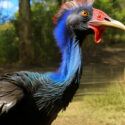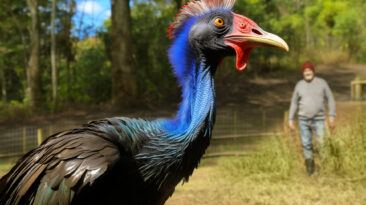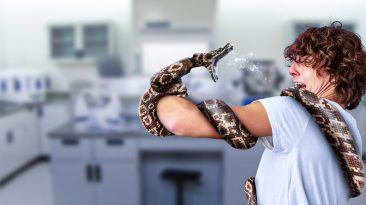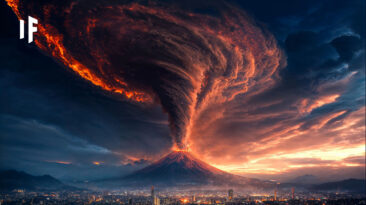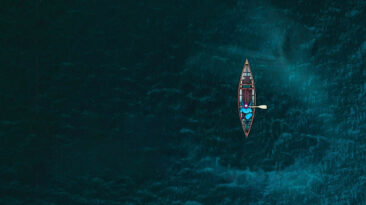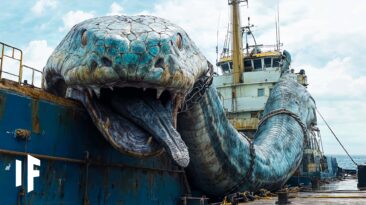Imagine swimming in the ocean and suddenly spotting a creature larger than any shark, faster than any human can sprint, and more vicious than any predator alive today. Meet the Mosasaurus, a marine reptile that went extinct 66 million years ago. But if evolution had taken a different turn, this terrifying creature could have adapted to modern oceans, becoming one of the deadliest hunters the planet has ever seen. Its incredible speed, powerful tail, and double-hinged jaws would make it an apex predator unlike anything humans face today.
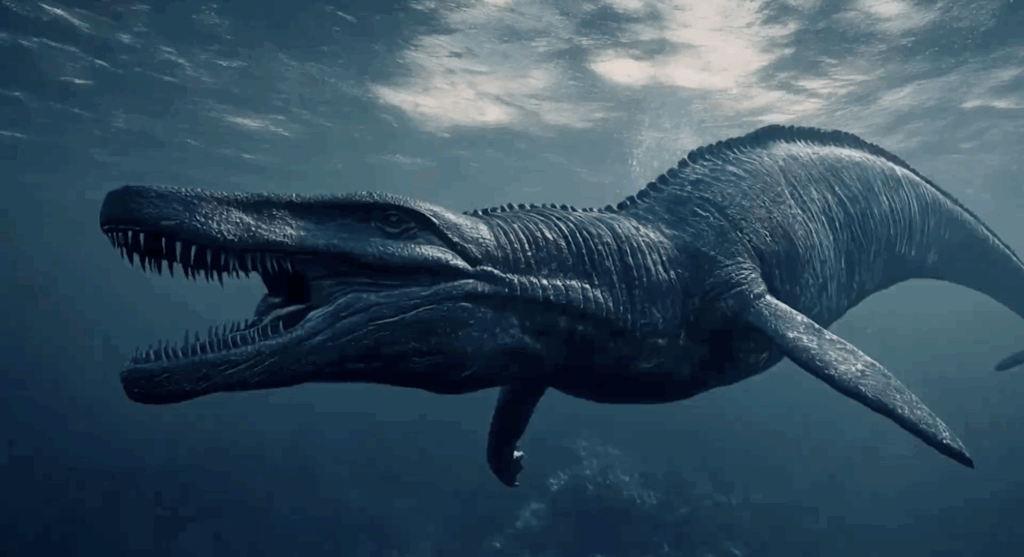
In a world with a modern-day Mosasaurus, shark attacks would seem tame by comparison. This ambush predator could strike swimmers with frightening efficiency. Accelerating from zero to 30 miles per hour in a single second, the Mosasaurus would rely on bursts of explosive energy, much like a crocodile, to ambush prey less than 100 feet away. Its tail fin, reminiscent of a shark’s, would propel it through water with lethal speed, while its massive double-hinged jaws could swallow humans whole. This predatory design, honed over millions of years, made the Mosasaurus one of the most formidable hunters of the Cretaceous seas.
98 Million Years Ago
The story of the Mosasaurus begins with the aigialosaurs, small monitor lizards that returned to the water. Measuring no more than five feet, these early ancestors eventually evolved into around forty different mosasaur species. Among them, Mosasaurus hoffmanni emerged as the largest and most fearsome, stretching 30 to 50 feet in length.
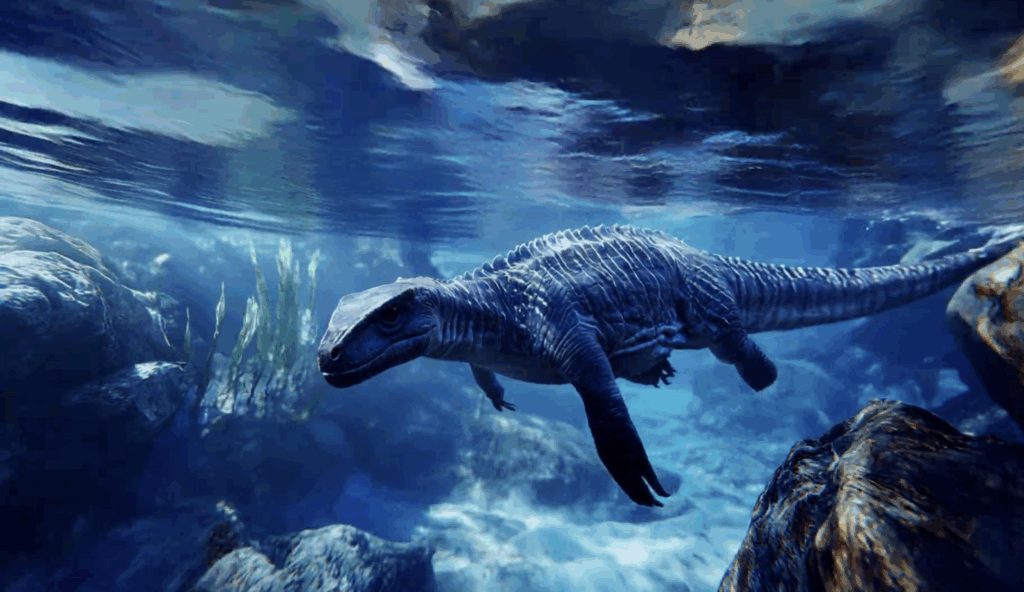
With whale-like flippers for swimming and a streamlined body built for ambush, the Mosasaurus dominated oceans, feeding on sharks, dolphins, turtles, and even its own kind. Its forked tongue allowed it to detect prey and potential mates through chemoreception, making it a deadly hunter from the surface to shallow waters.
66 Million Years Ago
The Cretaceous-Paleogene extinction event changed everything. A massive asteroid struck the Yucatán Peninsula, triggering tsunamis, molten rock showers, and a decade-long global winter. With the collapse of the marine ecosystem and 75% of ocean animals perishing, the Mosasaurus could no longer find the large prey it needed to survive. While some species, like sharks, endured by migrating to deeper or colder waters, the Mosasaurus remained largely in shallow seas, leading to its extinction. Only adaptations that allowed it to hunt across varied ocean depths could have spared it from this cataclysm.
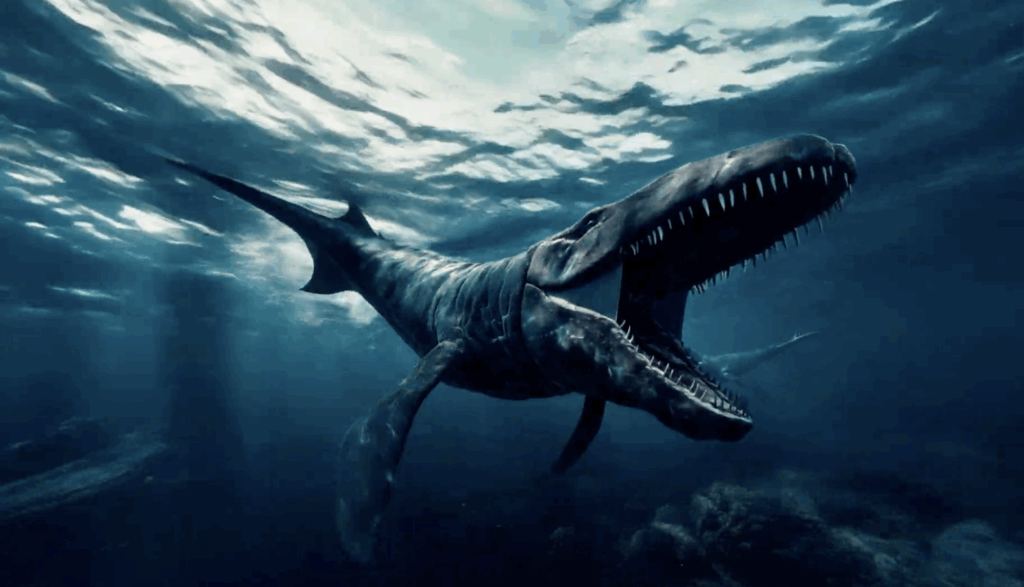
A Mosasaurus that evolved to survive would likely have developed a more tapered body for long-distance swimming, fin-like paddles for stability, and a swim bladder to regulate depth, similar to deep-sea sharks. Being warm-blooded, it could maintain its internal temperature in colder waters. Its sinuses might have moved to the top of its skull, like whales and dolphins, to withstand deep-sea pressures. Such modifications would have transformed the Mosasaurus into an almost invincible predator, capable of roaming all parts of the ocean while maintaining its lethal efficiency.
66 to 23 Million Years Ago (Paleogene Epoch)
After the extinction event, some Mosasaurus may have adapted to smaller prey, giving rise to a second, gentler lineage. These individuals could have evolved filter-feeding adaptations, gradually losing the large, sharp teeth of their predatory cousins and developing skull shapes suited for sucking in smaller fish or plankton. This evolutionary path mirrors that of ancient whales, which transitioned from teeth to baleen as their diets shifted.
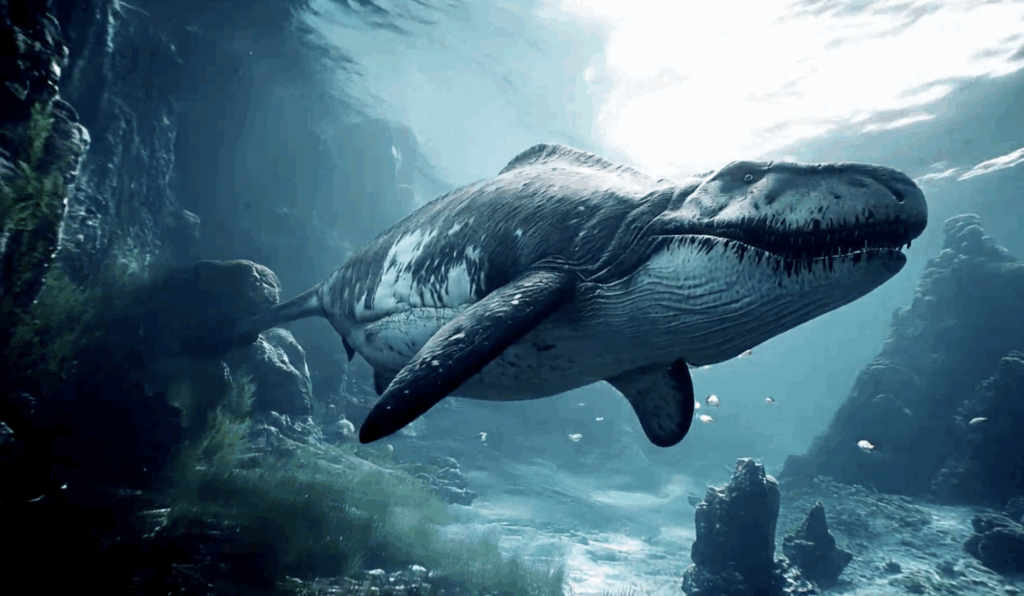
56 Million Years Ago (Paleocene-Eocene Thermal Maximum)
A dramatic spike in global temperatures challenged marine life once again. For the ferocious Mosasaurus, warmer waters could have fueled enormous growth, potentially reaching 25 to 30 meters in length and preying on turtles, sharks, and even alligators. Meanwhile, the gentler Mosasaurus adapted to rising temperatures and shifting ecosystems by specializing in plankton, using a sieve-like arrangement of teeth to feed efficiently on the microscopic sea creatures thriving in algal blooms.
Modern-Day Mosasaurus
The modern-day vision of the Mosasaurus, then, could take two forms: a colossal apex predator striking fear into every swimmer and diver, and a peaceful filter-feeder quietly grazing in coastal waters. Both versions, however, demonstrate the remarkable adaptability of life when challenged by environmental upheaval. The Mosasaurus’ story shows how a single species could evolve to dominate or coexist, depending on the pressures and opportunities of its era.
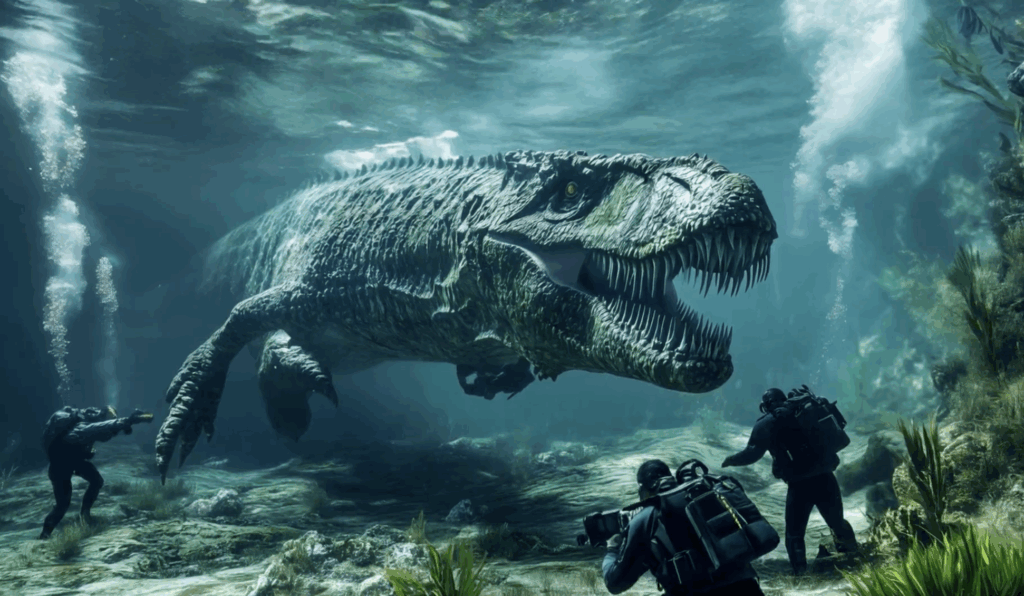
Today, humans live in oceans vastly different from those the Mosasaurus once ruled. But imagining a world where these massive reptiles survived reminds us of nature’s power and unpredictability. From ambush hunters to gentle giants, the Mosasaurus continues to fascinate scientists and thrill imaginations, proving that even creatures extinct for millions of years can still inspire fear, wonder, and endless speculation.









